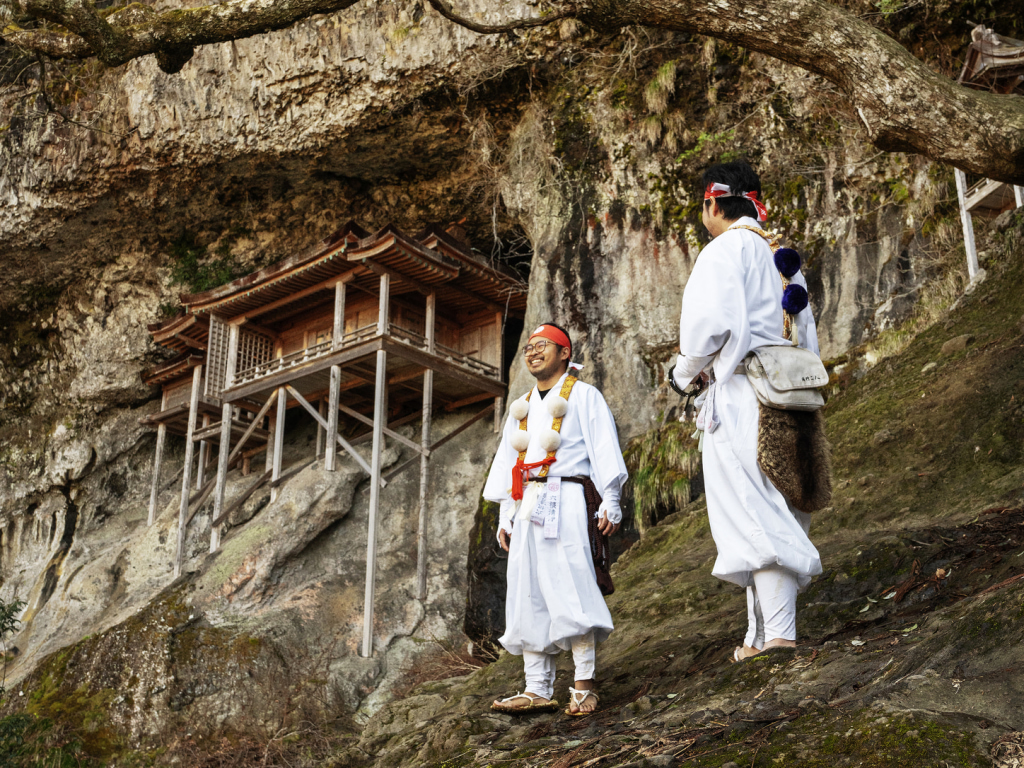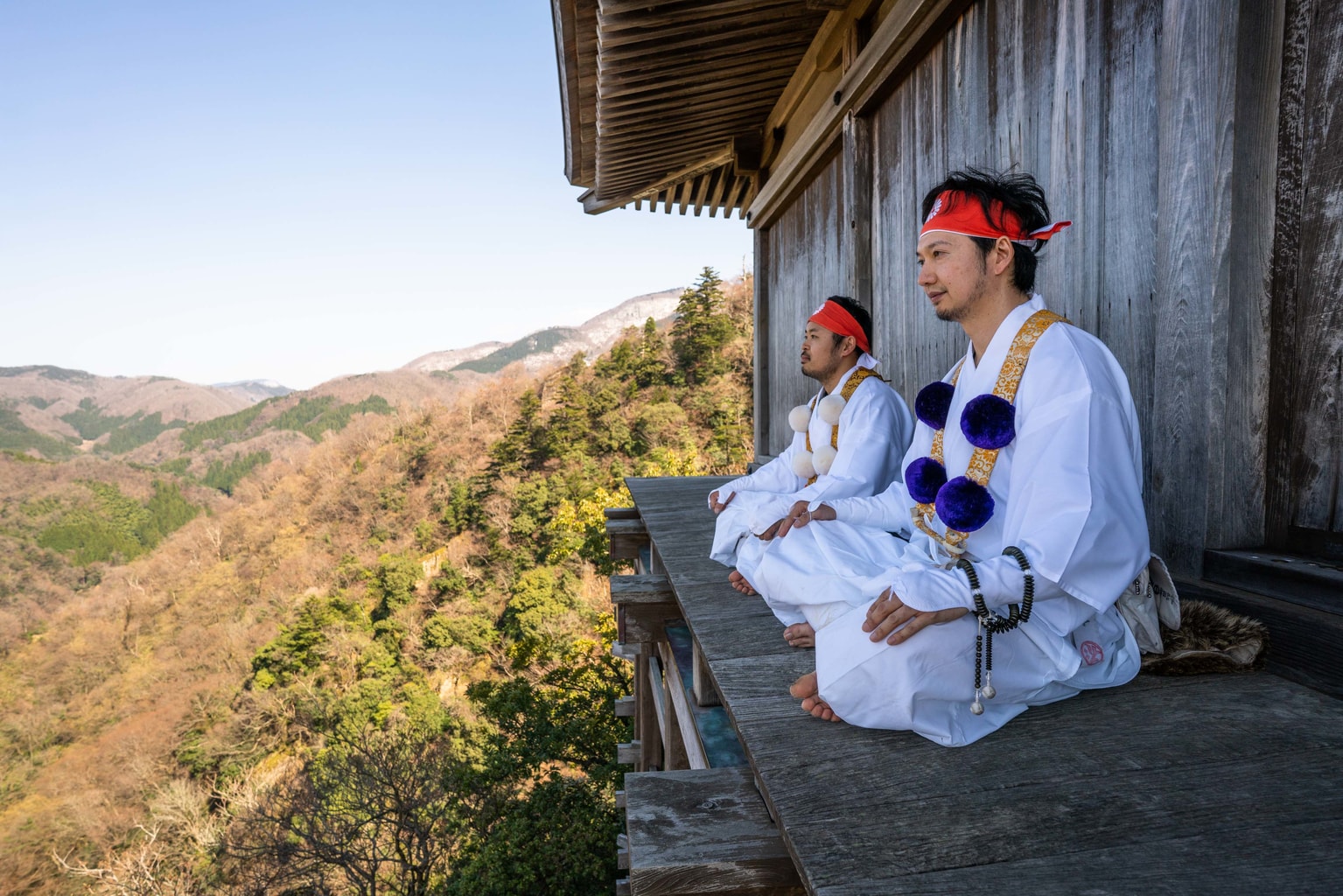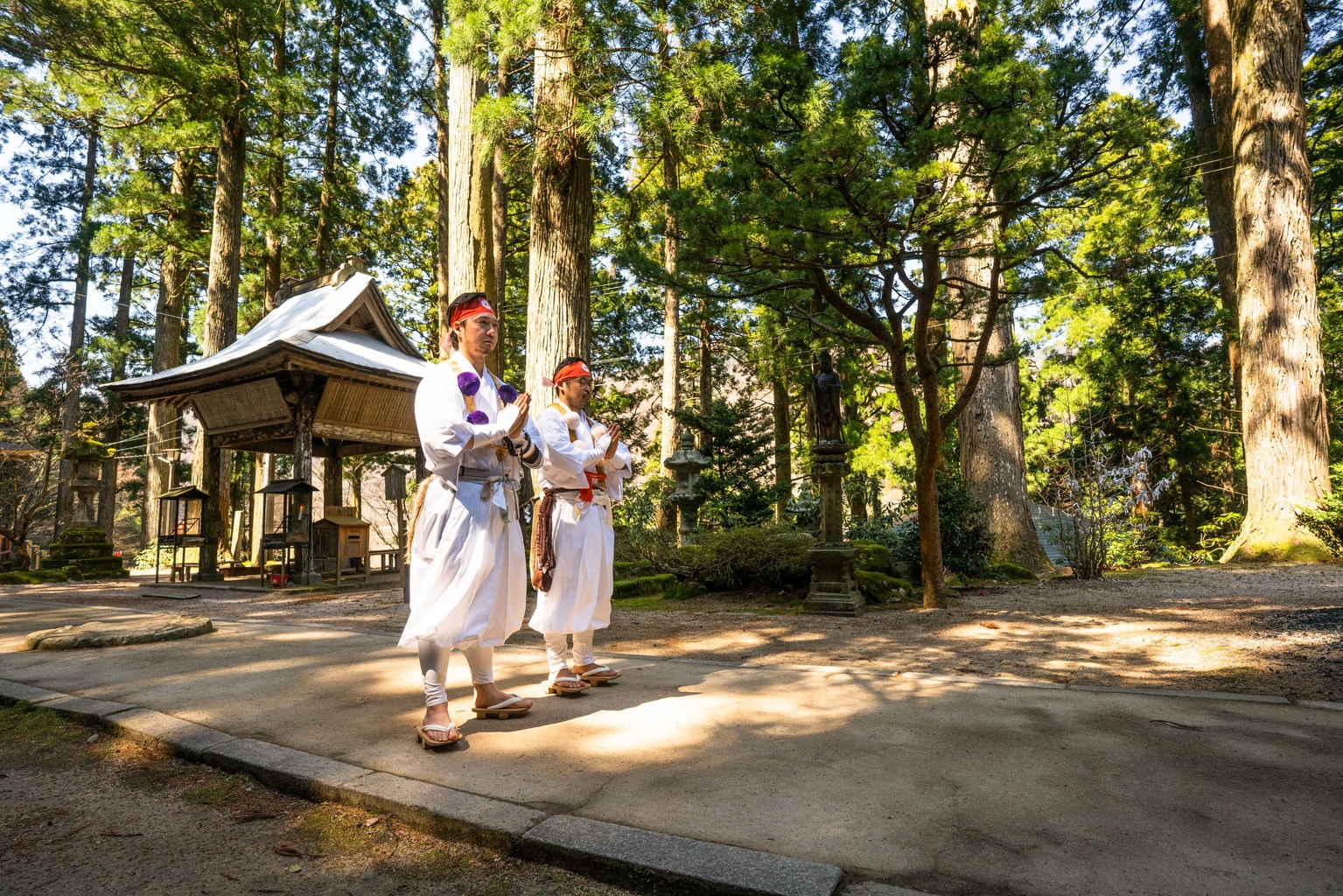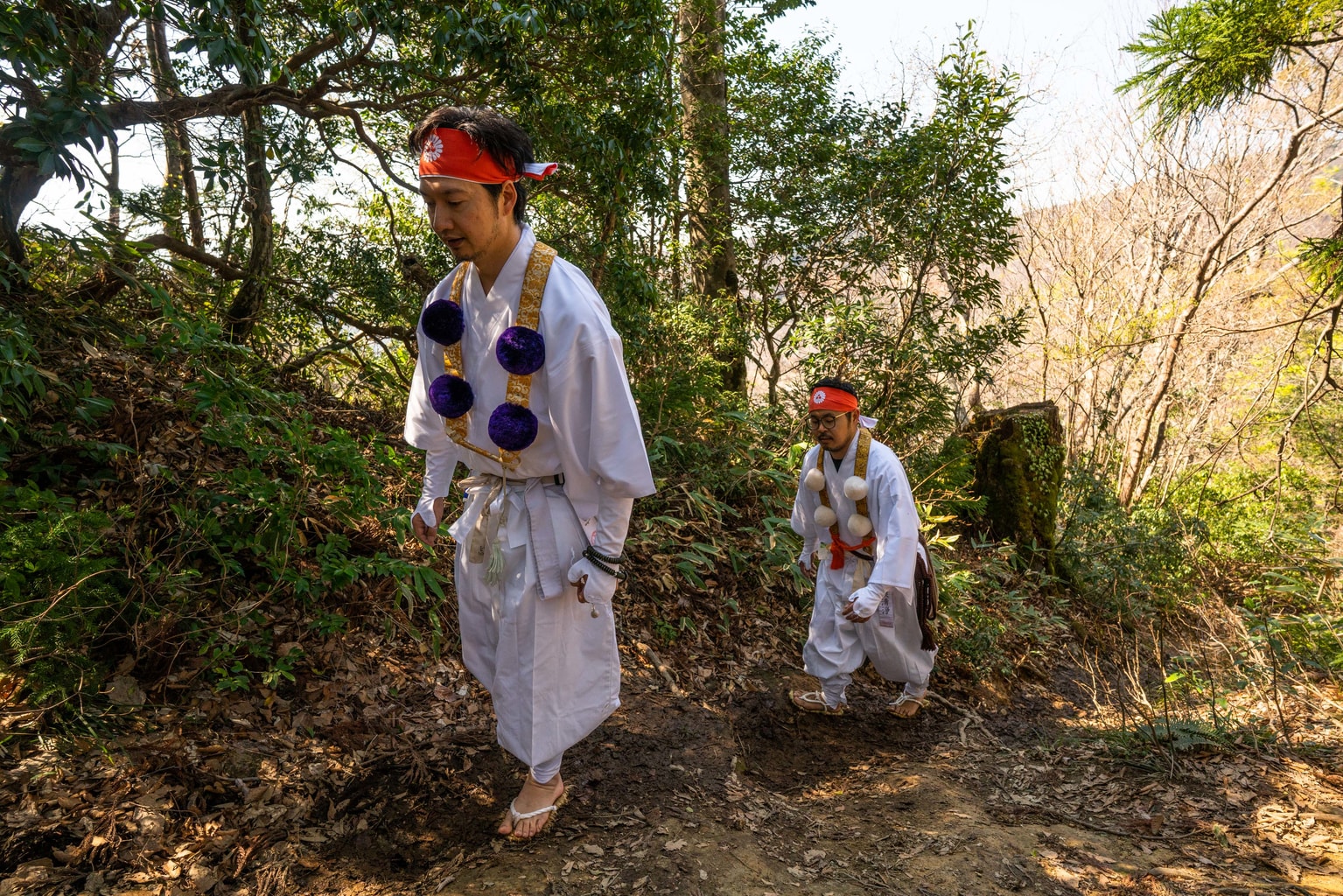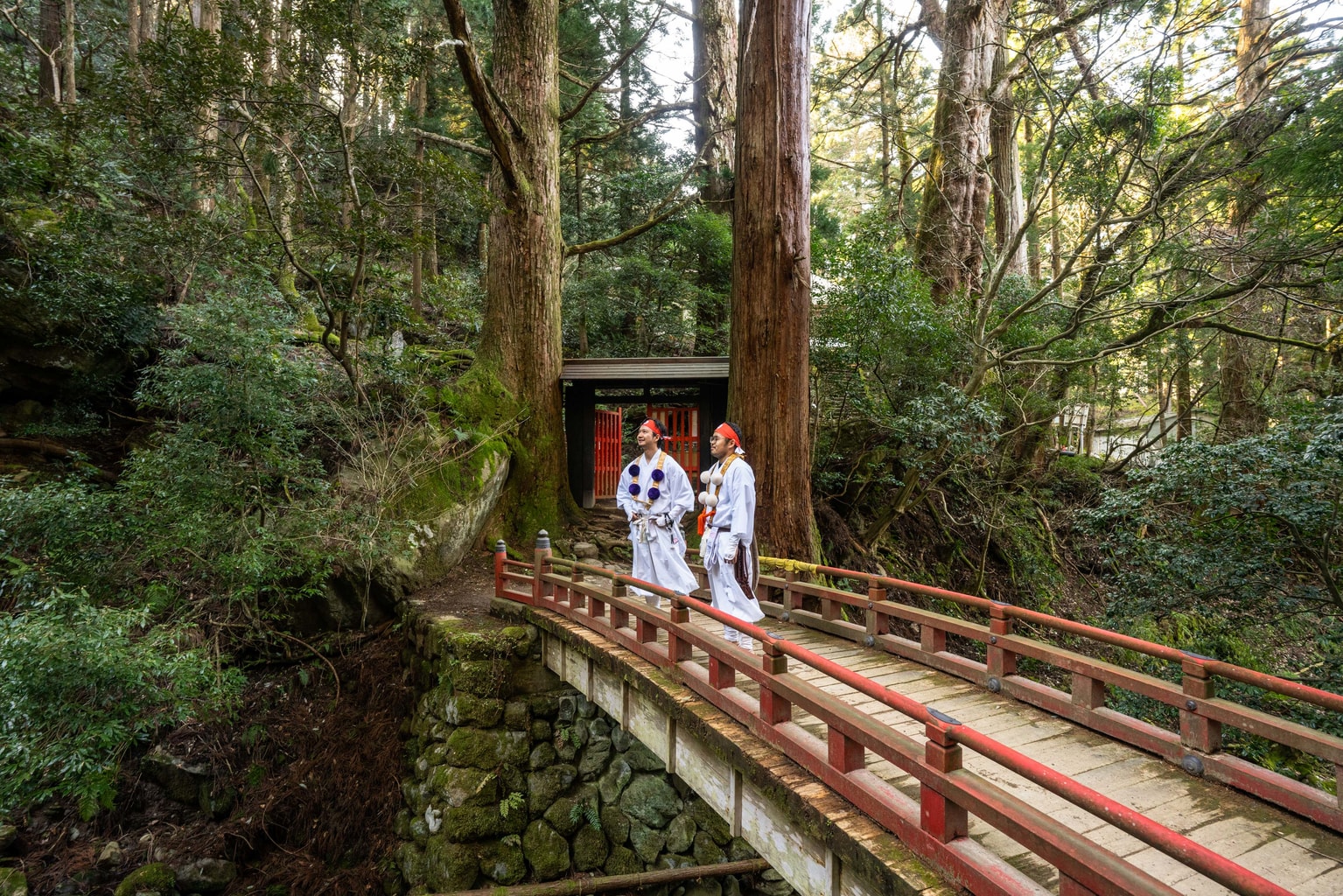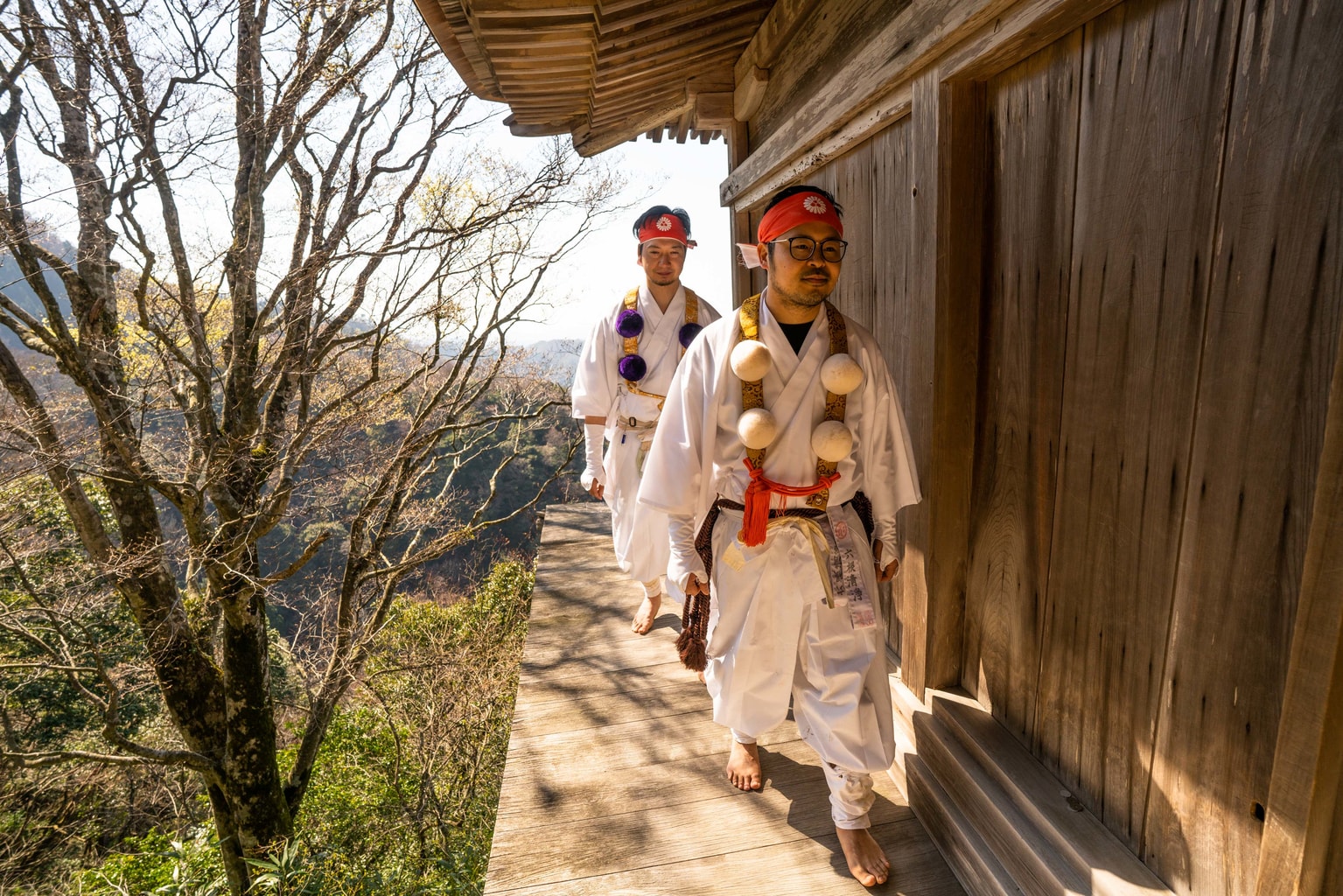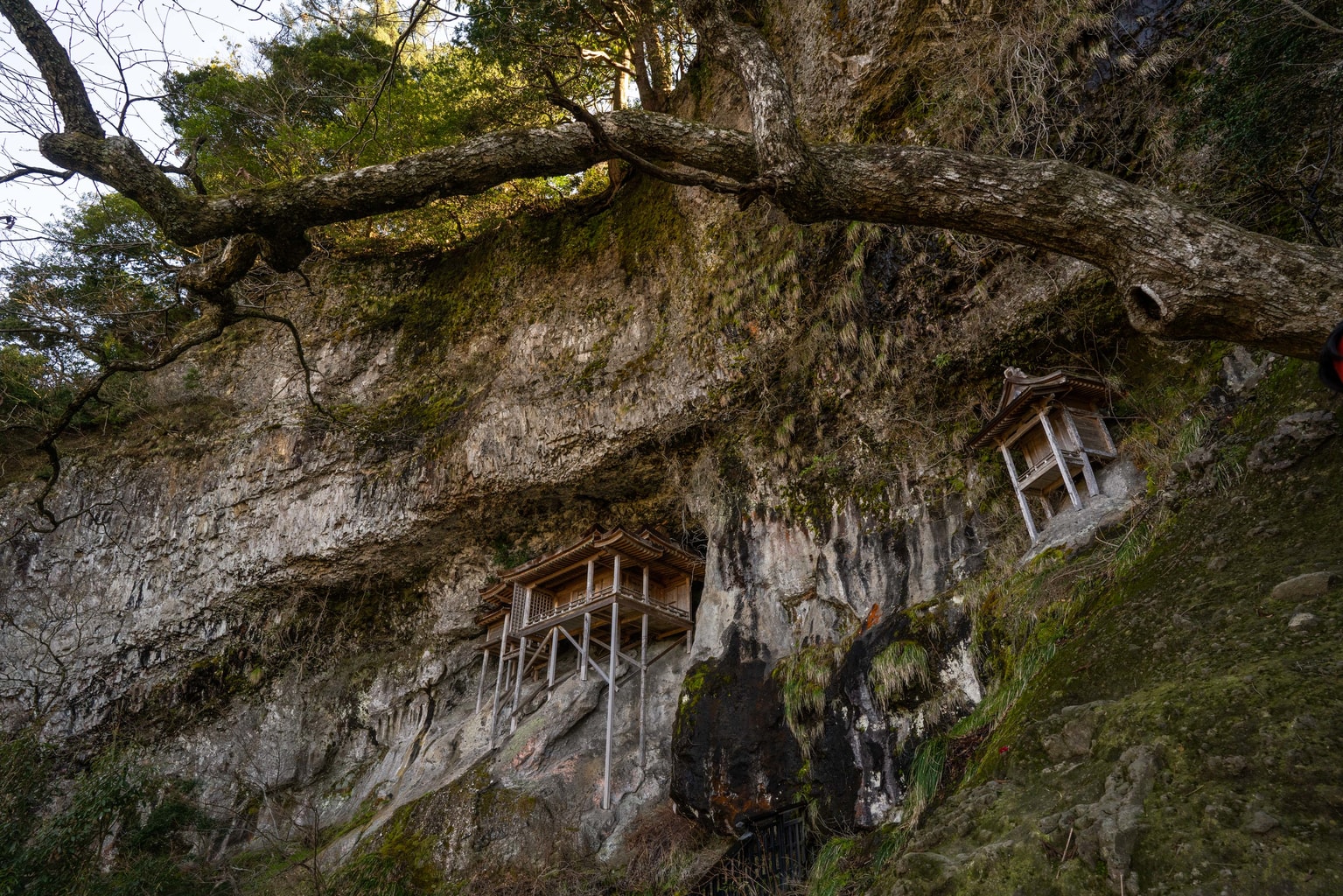In the seminal travel book, The Inland Sea, author Donald Richie wrote, “The Japanese are the last people who stand in reverence of the natural world. Rather than attempting to eradicate it, they have successfully adapted themselves to it. They have offered themselves to it, come to terms with it.”
Nearly 50 years later, Tottori is one of the few places in Japan where Richie’s sentiment still rings true. It is Japan’s least populous prefecture and, for the most part, is beyond the radar of the wider Japanese tourism industry.
Mount Mitoku is the jewel in Tottori’s crown, and perched high upon the cliff face of the 900m mountain is the temple Nageiredo, Japan’s most dangerous national treasure. The isolated and atmospheric Buddhist sanctuary gives visitors an authentic insight into the religious and spiritual underpinnings of the region, as well as a heart-pumping test of endurance and mettle.
This is the kind of experience that people want in Japan, and as the Japanese tourism sector continues to boom – one million tickets are already sold for this year’s Rugby World Cup and some 40 million are expected to enter the country during the year of the Tokyo 2020 Olympics – it is the kind of experience that is increasingly hard to come by.
Head for the Hills of Tottori Prefecture
As our car veered away from the sandy shores of Tottori’s coastline, the sun shone through the pale blue of the cloud-brushed sky. A few miles inland, the landscape sporadically thrusted upwards into verdant tree-covered humps and hillocks, an indication of Tottori’s distinct topography. The hills gradually fed up toward the Chugoku mountains where our destination, Mount Mitoku, awaited.
We followed the highway, which cut its way southward through the mountains, snaking alongside the river tributary that had eroded this valley into its distinct V-shape. For miles all you could see were countless genera of evergreens wrestling for real estate in the forest canopy. As the elevation of the mountain pass increased, blankets of snow dressed the forest glades by the roadside, wilted straw-like plants and fescues crawled up through the powder before hanging limply in the afternoon sun.
After a brief descent, we arrived at our destination about 15km inland, where thankfully any remnants of the winter snowfall had already thawed. A simple stone torii gate and a set of lichen-smothered steps signified the entrance to Mount Mitoku’s trail.
The Treacherous Trek
We were greeted by Ryojun-san at Sanbutsu-ji temple, which sits at the foot of Mitoku. Ryojun-san, the son of Sanbutsu-ji’s head monk, would operate as our guide en route to Nageiredo Temple, the point at which the Mitoku trail culminates.
Ascending Mitoku is not so much about reaching the summit, but about the symbolic nature of your struggle to the top. “This,” Ryojun-san told us, “is the difference between Western hiking and traditional Japanese hiking.” By design, or lack thereof, the trail is far more of a climb than it is a hike. No manmade stairwells or convenient paths are etched into the mountain’s granite face. Rather, you must navigate steeply upwards reaching for narrow ledges, climbing the natural ladders created by interwoven roots of giant pine trees erupting from the soil, or pulling your way over boulders with the aid of rusty chain links.
The concept of Rokkon Shojo plays a key role at Mitoku. Rokkon refers to the six roots of perception in Buddhism, namely, your five senses and consciousness. Shojo means purification. This is what climbing Mitoku is all about: purification of the body and soul. Two elements are necessary for the purification ritual. Firstly, one must undertake a hardship. Secondly, it must be carried out in a way that shows one’s appreciation for, and symbiosis with, one’s natural environment.
Ryojun-san led us onto the mountain trail, through a red torii gate that had been anchored into the trunks of two overhanging pines. This in itself is significant, a natural gate and a manmade gate signifying the division between the world of man and the natural world of Mount Mitoku, a spiritual realm where we are subservient to the whims of Mother Nature.
The Spiritual Journey
As we scaled the mountain, the prevailing sense in my mind was one of isolation. There were virtually no other people on the trail, and few signs of human activity altogether.
About one hour into the climb we came across two wooden temples – Monjudo and Jizodo – with sloping roofs of cypress erected on stilts on the mountain’s face. Monjudo is said to bestow visitors with increased levels of wisdom. Jizodo will grant longevity and healthy offspring.
In order to achieve these benefits, you must skirt around the temples’ narrow wooden walkways, which offer immense vistas of the surrounding Chugoku mountains. We were able to see the powdered head of Mount Daisen, the tallest of all Chugoku’s peaks, through a thinly veiled haze rising from the valley below.
The proceeding incline towards Nageiredo was dotted with shrines. The most impressive, Shorodo, is home to a two-tonne bell that pilgrims ring on their way to the summit. It was hawked up here well over 800 years ago as an offering to the gods, although any records of how they got it there have submerged within the mire of ancient history.
Balancing on the Edge of the World
We finally arrived at Nageiredo through a tunnel in the rock called “the womb.” Passing through the womb brings a close to the purification ritual, it is the completion of your spiritual cleansing, your rebirth, as it were.
The 1,000-year-old Nageiredo is no more elaborate than any of the other temples on Mitoku, but its placement, balancing precariously on the edge of an inaccessible precipice is something to behold. Local lore says the priest En no Gyoja tossed the temple to its final resting spot from the foot of Mount Mitoku.
As I sat there marveling at Nageiredo, the setting sun cast its gaze upon the temple, offering us a congratulatory salute for completing the climb. Mitoku essentially provided Tottori’s forebears with a natural canvas on which they subtly created an interactive work of art, driven by their deep spiritual beliefs. It is our desire to create and, more importantly, our ability to appreciate such works of art that is truly sacred.
And that is something worth experiencing.
Photographs by Andrew Goldie
Sponsored Post

